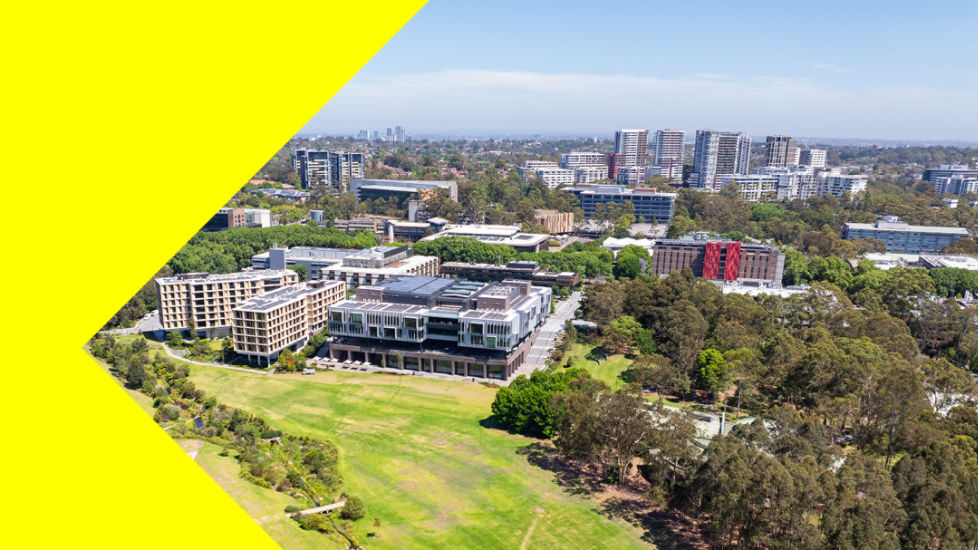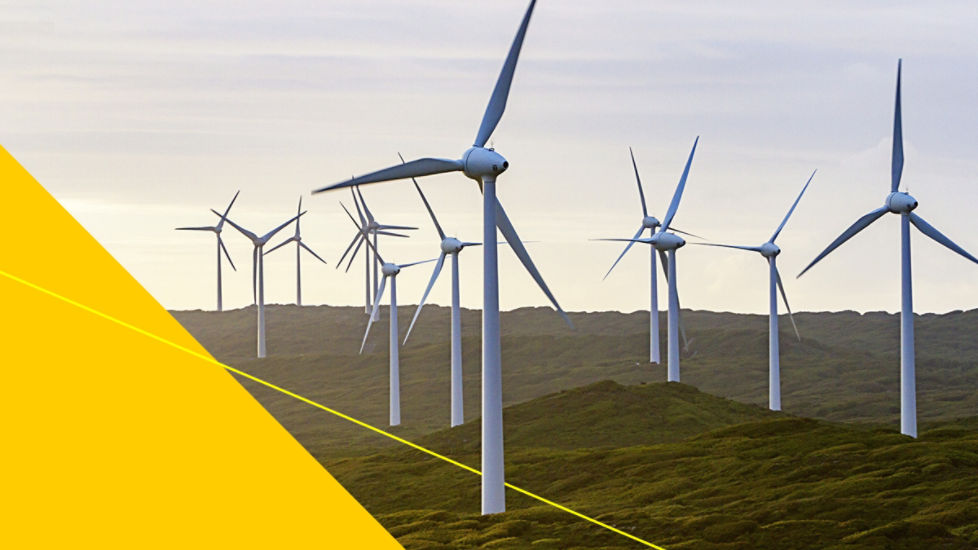Carbon markets could shape up to be a crucial part of a net zero future, and Australia could play a key role as a global source of supply. CommBank is working with businesses eager to be part of Australia’s carbon market to help unlock the opportunities, cut through the complexities and support Australia’s transition to net zero.
Carbon farming towards net zero
Agricultural landowners in particular have a vital role to play in helping Australia hit emissions reduction targets, which can also lead to better profitability.
The ranks of listed companies that have committed to net-zero by 2050 has grown dramatically in recent years, with many organisations looking to carbon markets to help offset and abate emissions that cannot be reduced or avoided.
As demand for carbon management grows, many agribusiness owners recognise the potential opportunity, but don’t know where to start.
What is carbon farming?
CommBank Executive General Manager of Regional and Agribusiness Paul Fowler says there are two main categories of carbon farming: sequestering carbon and reducing gross emissions.
“Sequestering involves capturing additional carbon dioxide via photosynthesis, through practices like planting new trees or adopting new ways of enhancing pastures. Plants and soils then use carbon for productivity,” Paul says.
“Reduction, on the other hand, is about directly minimising the greenhouse gases released on-farm. This could be via herd management, genetic breeding or changing feed to reduce the methane produced per kilogram of live weight,” he adds.
Land management to lessen bushfire intensity is another possibility.
“The key thing to understand is that there’s a range of methods that can be used to generate carbon credits, which in turn can help to reduce carbon footprint and/or be sold for income. With the longer term goal being to reduce emissions, in the meantime, more businesses than ever are looking at offsetting their footprint and using carbon farming to their advantage, which is generating plenty of enthusiasm either side of the farm gate,” Paul says.
Supporting opportunities in carbon
Demystifying carbon markets, developing simple and inexpensive methods to measure and offset carbon emissions at the household, farm or corporate level, and financial products that embed the carbon price are key areas of innovation in this sector.
CommBank has been part of the international carbon market for more than eight years and has forged a series of partnerships to build ground-level infrastructure required to help Australia’s carbon market flourish. This includes a strategic relationship with global ESG marketplace Xpansiv, to build trading infrastructure and grow Australia’s voluntary carbon market.
“Our customers, large and small, are increasingly making net-zero pledges at the enterprise level. So it’s becoming increasingly important for businesses of all sizes to measure emissions and understand how to navigate the challenge and opportunity,” says Alex Toone, Executive General Manager of Commodities, Trade and Carbon at CommBank.
“Organisations like CommBank have a really important role to play given the complexity,” he says, adding that the bank sees a role for itself to take action along four fronts:
- Helping clients understand the challenge and opportunity of climate change;
- Creating the infrastructure that will drive market liquidity and transparency through partnerships;
- Providing the digital tools to measure and reduce emissions; and
- Delivering capital and risk management solutions.
Australia’s net-zero transition will require similar levels of investment to the resources boom that reached its zenith in 2013.
Carbon pricing will drive innovation
Investment in transition efforts is expected to reach its own peak in or around 2030, at which point it is expected to account for about 28% of gross domestic product. As a capital provider, CommBank believes it has a responsibility to provide finance for a green future. Global demand for carbon offsets is forecast to be 20 times current levels by 2030, according to McKinsey. The Carbon Market Institute estimates that 7% of global demand for carbon offsets can be met by projects in Australia.
“Carbon markets are part of the solution, as by putting a price on carbon we direct capital to the lowest-cost abatement initiatives across the economy, for example revegetating the environment to act as a carbon sink; and we support investment in innovation to lower the cost of technologies that are required to reduce our greenhouse gas emissions,” Alex says.
More innovation is needed to address the issues of climate change, including helping fund new carbon farming projects, and developing liquid and transparent carbon credit trading, and CommBank and its partners are paving new roads in this exciting arena.




